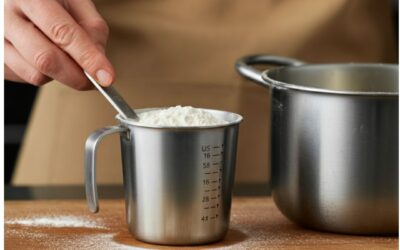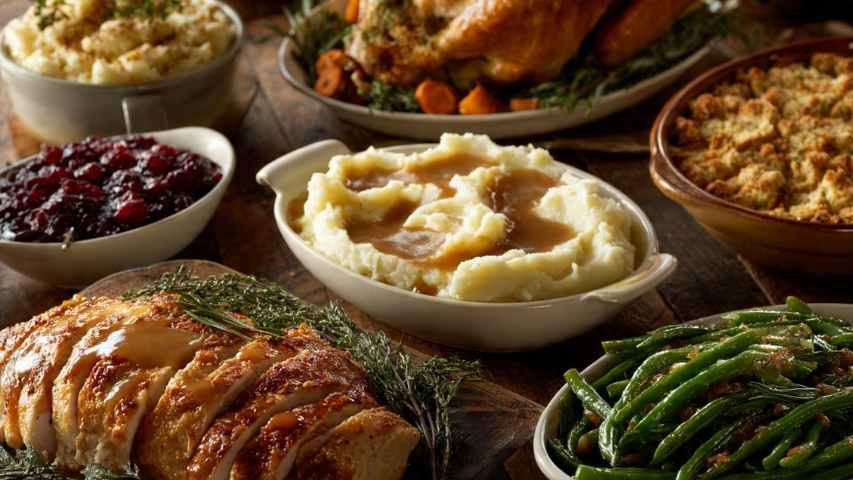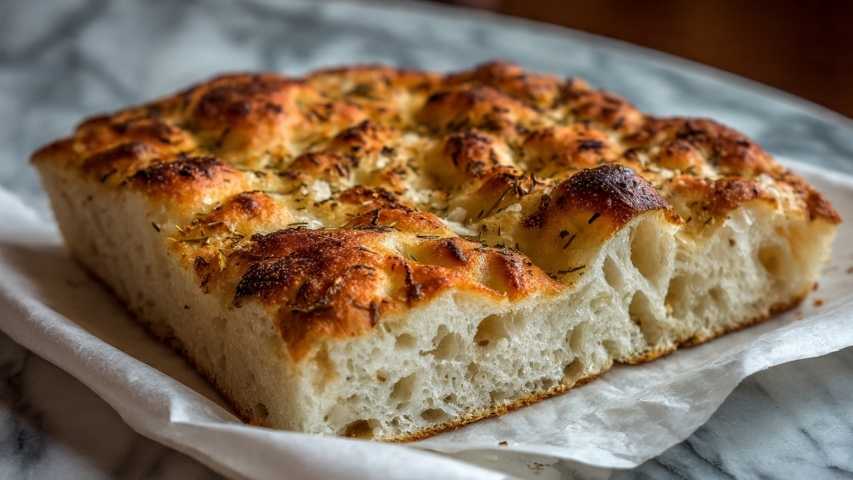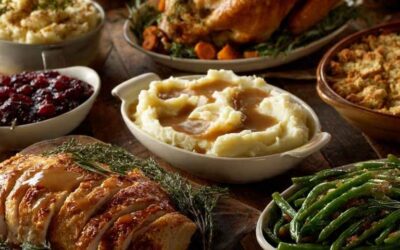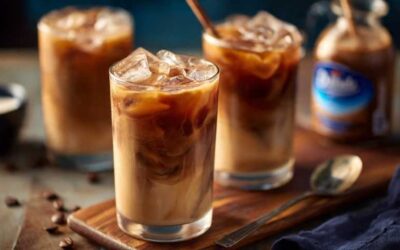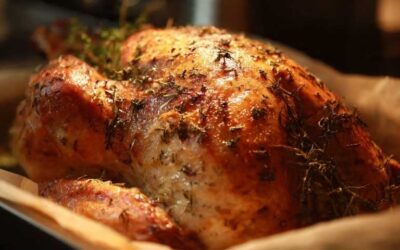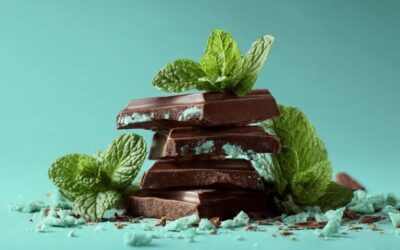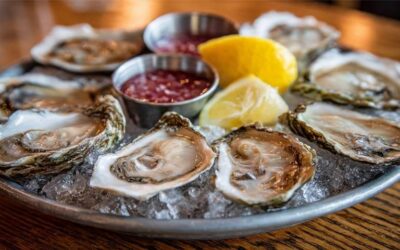Accurate measurements are crucial to success in the kitchen. Whether baking a cake, whipping up a sauce, or experimenting with a new recipe, knowing how to convert measurements can make or break your dish. One of the most common conversion questions asked by home cooks and food enthusiasts is, “How many tablespoons are in a cup?”
Spoiler alert—it’s 16 tablespoons in a US cup! But there’s more to learn; this guide will break it down. By the end, you’ll have clear answers and bonus tips for understanding other conversions that will take your cooking to a professional level.
Why Knowing the Conversion Matters
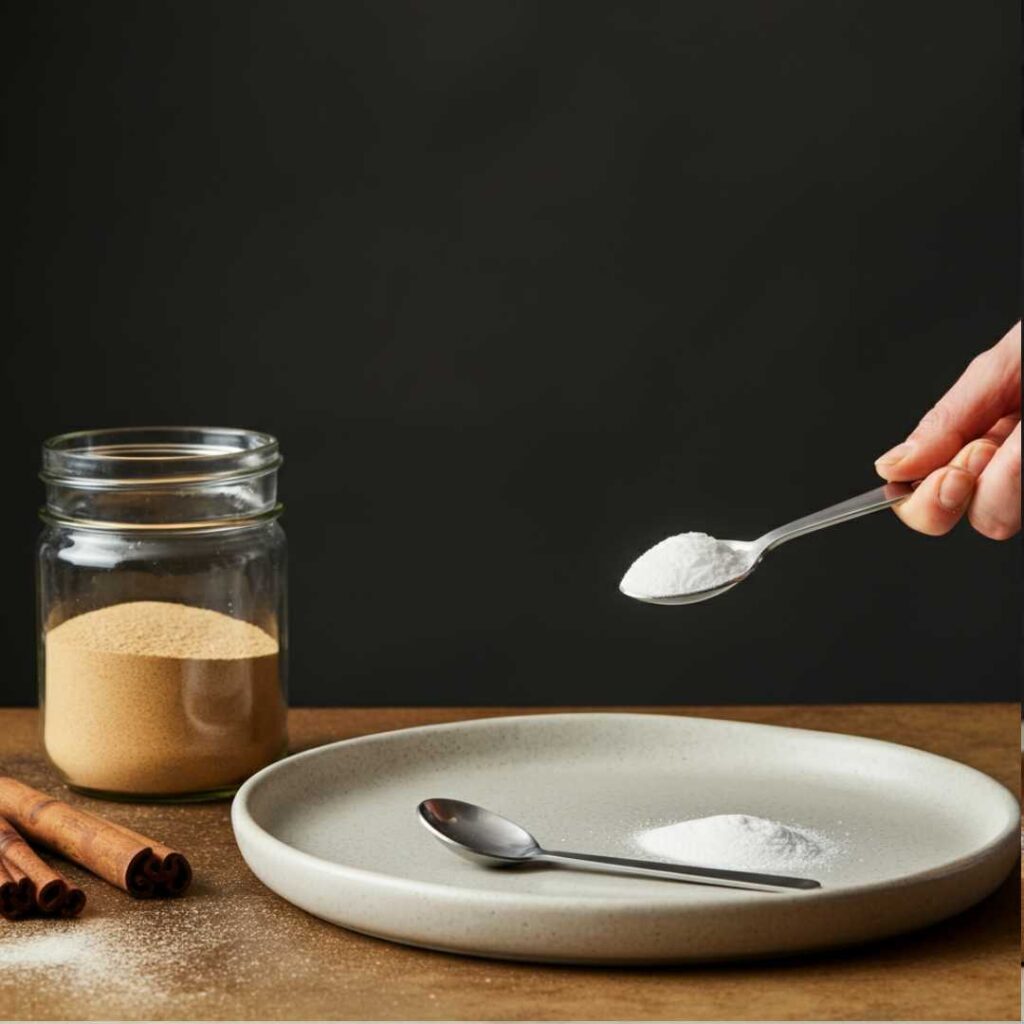
Understanding measurements is more than just a numbers game—it affects the outcome of your dish. Baking, for instance, is like science. A slight error in even a teaspoon of baking soda can throw off the texture or flavor of your cake entirely. For sauces, soups, or salads, correct measurements ensure ratios are balanced, delivering the dish that’s been envisioned.
If you’re a food blogger or culinary enthusiast, knowing conversions clearly will also make your recipes accessible to a broader audience. Only some have access to advanced tools like digital scales, so cup-to-tablespoon conversions are practical and necessary.
What is a Tablespoon?
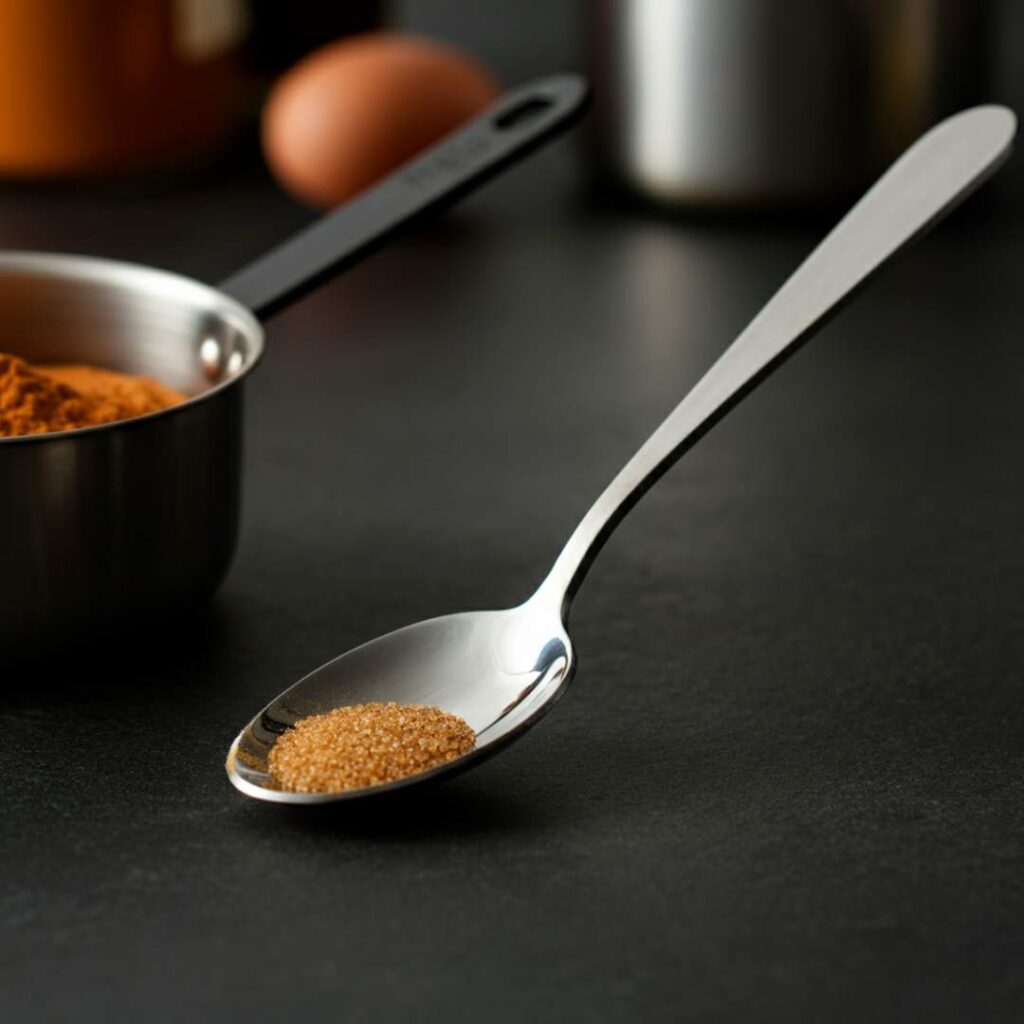
A tablespoon is a versatile unit of measurement used in the culinary world for both liquid and dry ingredients. In the United States, a tablespoon is commonly defined as 1/16 of a cup, equivalent to three teaspoons or approximately 14.79 milliliters. This standardized measure ensures recipe consistency and precision, allowing cooks to achieve the desired flavor and texture. Not only is it a primary tool for measuring ingredients like butter, sugar, and flour, but tablespoons are also essential when portioning out spices and seasonings. Whether you’re a novice in the kitchen or a seasoned chef, understanding what constitutes a tablespoon is fundamental to mastering the art of cooking.
What is a Cup?

A cup is a well-established unit of measurement commonly used in culinary practices to quantify liquid and dry ingredients. In the United States, a standard cup is defined as eight fluid ounces, which equates to approximately 237 milliliters. The concept of a cup as a measurement is deeply rooted in culinary traditions, serving as a baseline for many recipes. This standardized volume allows for precise replication of culinary creations, ensuring that each dish is consistently flavorful and balanced. Understanding the metric equivalent of a cup is also beneficial for those adapting recipes internationally. A cup is essential for anyone in the kitchen to measure various ingredients, from liquids like milk and broth to solids like flour and sugar. Becoming adept at using a cup ensures reliable results in everyday cooking and gourmet endeavors.
How Many Tablespoons Are in a Cup?
The answer lies in the measurement system you’re using. Here, we’ll focus primarily on the US measurement system, which is most commonly used in recipes from America.
Standard Conversion
- 1 US Cup = 16 tablespoons
It’s that simple! This standard conversion is found in most American recipes, whether baking cookies or creating a caramel glaze.
Metric Conversion (for Global Cooks)
But hold on—things might be slightly different if you follow an international recipe. Not all countries measure a “cup” the same way. Here’s how the US cup compares to other “cups”:
- 1 Metric Cup (used in countries like Australia) = ~16.91 tablespoons
- 1 Imperial Cup (used in older UK recipes) = ~18.18 tablespoons
When cooking internationally, always check which cup measurement system is referenced to avoid surprises.
Breaking it Down Further
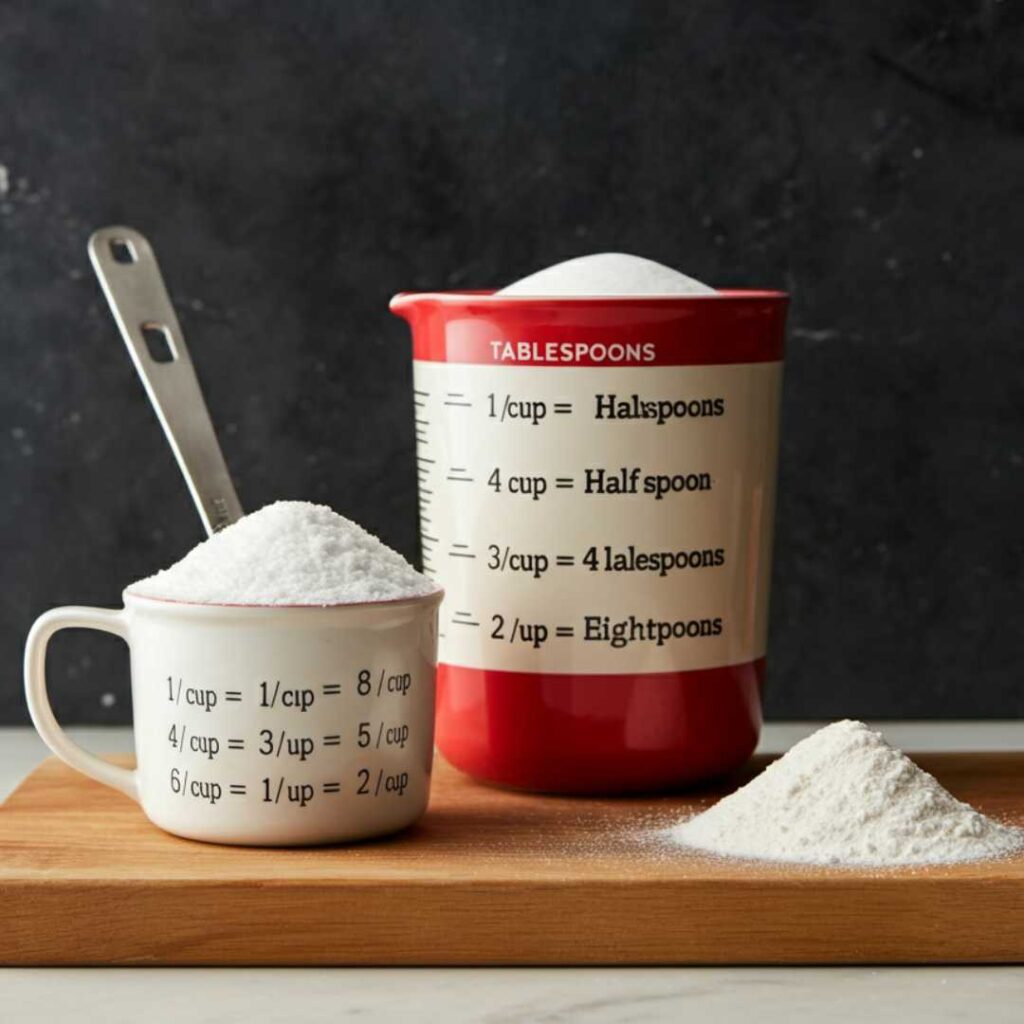
Now that you know the basics, let’s break it into smaller measurements and scenarios you might encounter.
Tablespoons in a Half Cup
Half a cup is common in most recipes, especially for sugar, flour, or butter. Here’s the math:
- ½ cup = 8 tablespoons
Tablespoons in a Quarter Cup
Need a smaller measurement?
- ¼ cup = 4 tablespoons
Tablespoons in an Eighth Cup
For specialty recipes or precise reductions:
- ⅛ cup = 2 tablespoons
Knowing these breakdowns by heart can help when tweaking or scaling a recipe up or down.
Bonus Section: Tablespoons vs Teaspoons
It helps to know how tablespoons relate to teaspoons, as both are commonly used. For reference:
- 1 tablespoon = 3 teaspoons
- 1 US cup = 48 teaspoons
This is especially useful when halving or doubling recipes where both teaspoons and tablespoons are needed.
Tips for Measuring Accurately
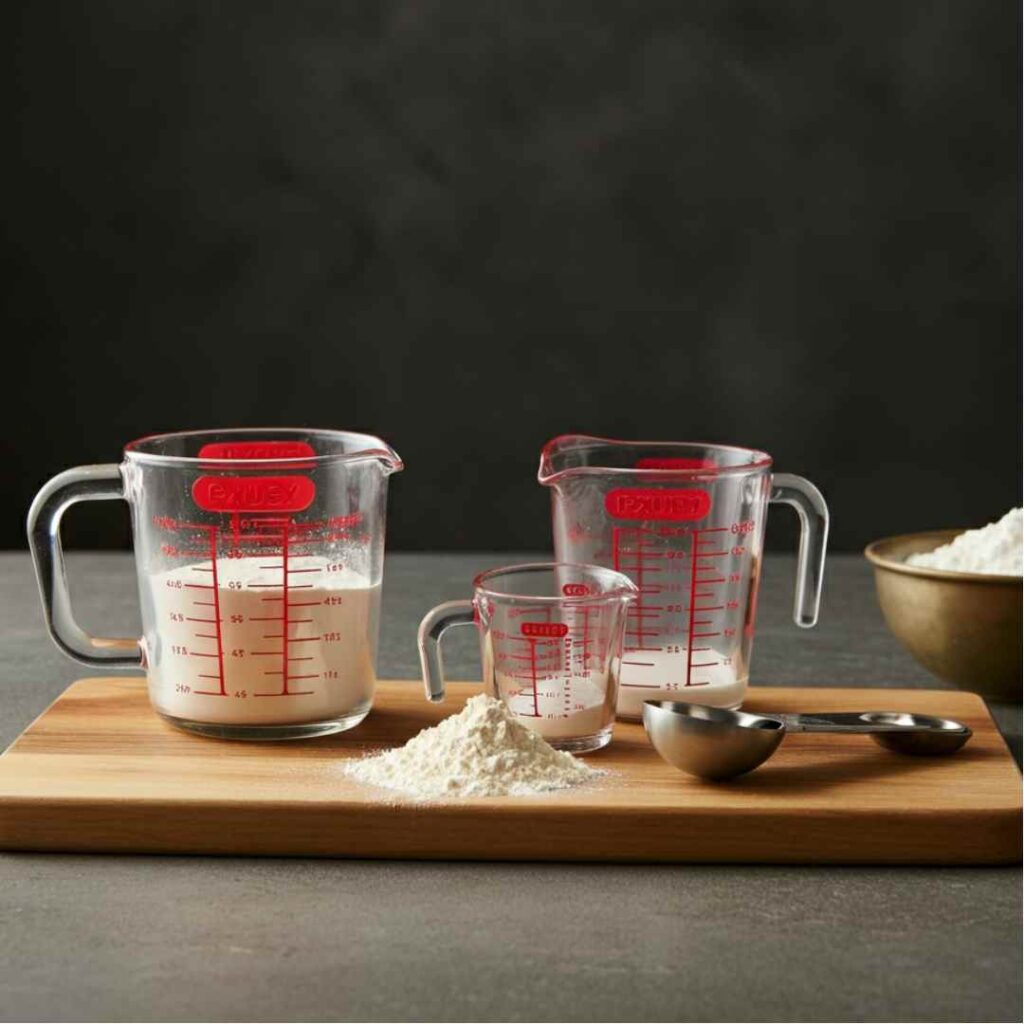
Now that you have the numbers, here are some practical tips for measuring precision.
Level Off Dry Ingredients
When measuring flour or sugar in tablespoons, use a flat edge, such as a knife, to level off the ingredients. Heaping measurements can yield inconsistent results.
Use the Right Tools
Invest in proper measuring tools. Dry measuring cups are used for solid ingredients, while liquid measuring cups come with spouts to measure fluids more accurately. Use standard measuring spoons for consistency when measuring tablespoons.
Double-Check When Converting
If substituting ingredients or working from memory, double-check conversions to avoid trouble. For example, while switching a cup of liquid to tablespoons may seem easy, minor numerical errors can snowball.
Quick Conversion Chart
Here’s a handy cheat sheet for your kitchen to keep conversions at your fingertips—perfect for sticking on the fridge!

This chart is handy if you’re multitasking while cooking or baking and need conversions at a glance!
Expand Your Mastery
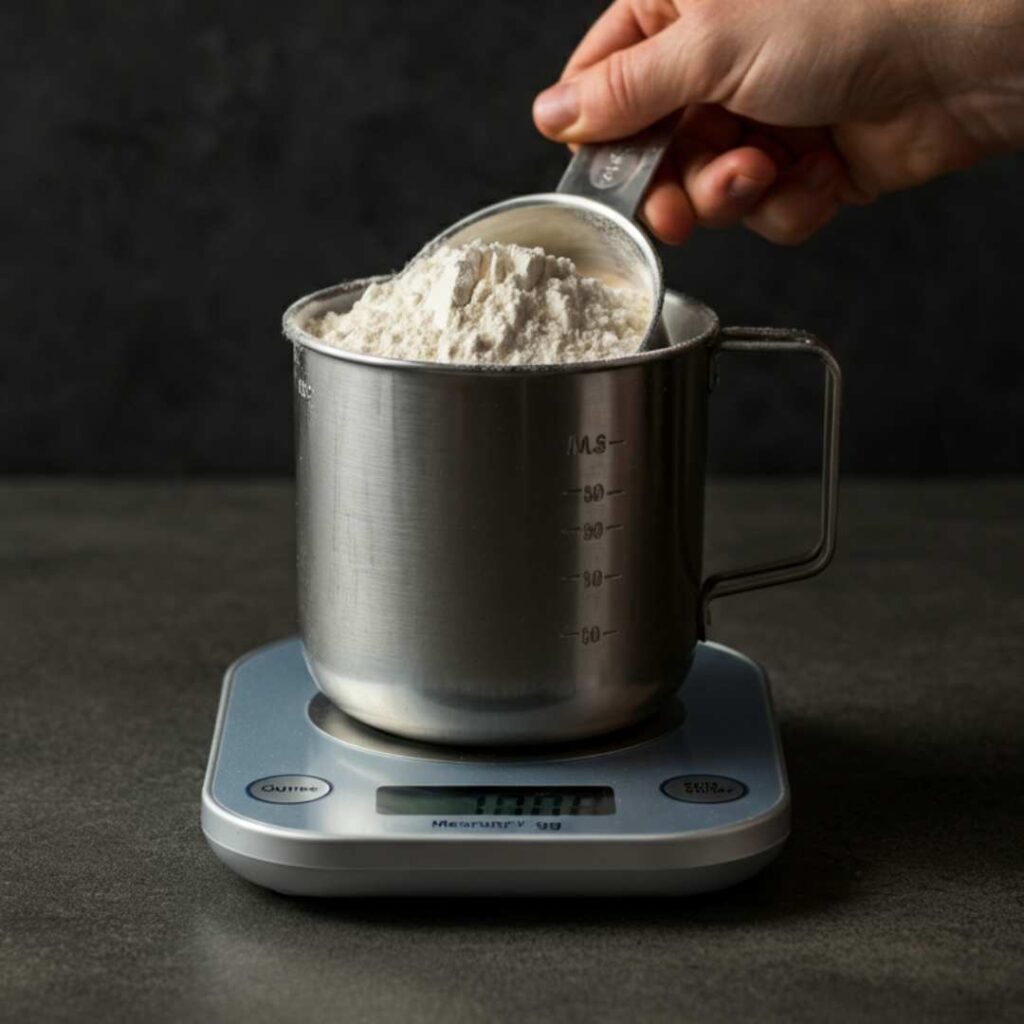
While understanding tablespoons in a cup is vital, continue. Explore other conversions and cooking math. For example:
- Due to density differences, 1 cup of flour weighs differently from 1 cup of sugar.
- Liquids like milk and oil tend to measure precisely in fluid ounces, but semi-liquids like yogurt can vary.
Investing in a digital scale is a game-changer for those who want even more precision. Measuring by grams or ounces gives you the same results every time, irrespective of how ingredients are packed or heaped.
Wrapping It Up
Whether brewing the perfect coffee, baking a decadent cake, or crafting a foodie blog post, knowing basic conversions like “how many tablespoons in a cup” is indispensable. With 16 tablespoons in every US cup, you’ve got one of the most versatile culinary tools in your arsenal. Keep this knowledge handy to save time, reduce errors, and impress in the kitchen.
If you’re inspired to learn more tips like this, subscribe to our newsletter or check out our collection of easy-to-follow recipes for any skill level. Happy cooking!
Wet vs. Dry Tablespoons
It’s crucial to differentiate between wet and dry measurements when measuring ingredients to achieve consistent results. While a tablespoon remains a tablespoon in volume, how you handle ingredients like fluids or solids can impact the outcome.
Wet Ingredients
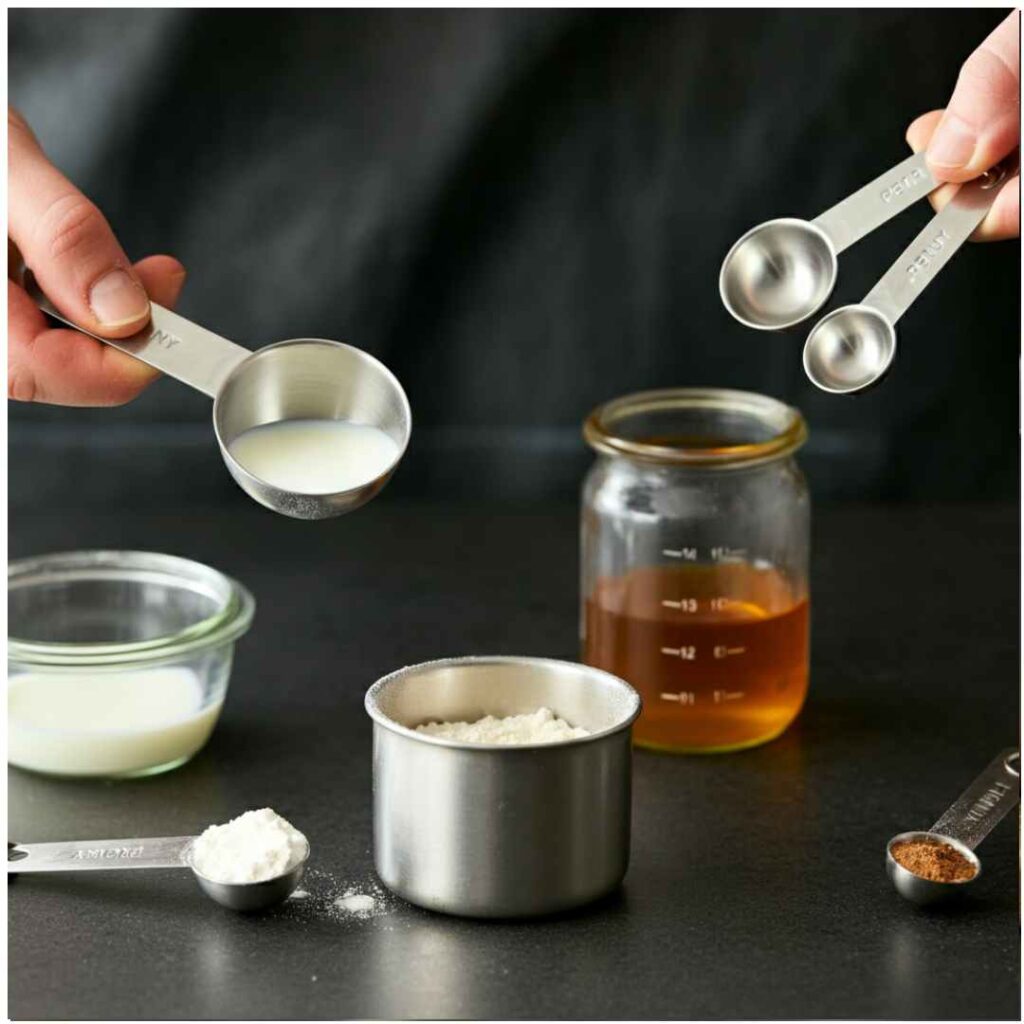
For wet ingredients like milk, oil, or honey, it’s best to use standard liquid measuring tools, which are typically straightforward and feature spouts for pouring. These tools allow you to measure liquids accurately at eye level, preventing spills and ensuring precision. When using tablespoons for wet ingredients, fill them and level off, especially if measuring any viscous liquid that could dome.
Dry Ingredients
Dry ingredients such as flour, sugar, or spices require a different approach. Use a standard set of measuring spoons specifically designed for dry ingredients. To measure accurately, fill the tablespoon and then level it off with a flat edge to remove excess. Avoid packing the ingredients unless directed, as this can lead to discrepancies and affect the texture and taste of your dish.
By understanding the nuances of wet vs. dry tablespoon measurements, you can guarantee accuracy in your cooking or baking endeavors. This separation of techniques enhances your results and enriches your overall culinary skills.
Conclusion
Mastering measurement conversions and techniques is essential in any kitchen, whether for casual cooking or professional food blogging. By understanding the distinctions between wet and dry measurements and having a firm grasp on converting tablespoons to cups and other units, you lay the foundation for creating consistent, delicious outcomes every time. With these principles at your fingertips, experimentation becomes a thrilling adventure rather than a daunting task. Leveraging accurate measurement practices enhances your cooking experience and elevates the reliability and appeal of your culinary creations. Embrace these skills, and let them inspire confidence and creativity in your kitchen journeys.










